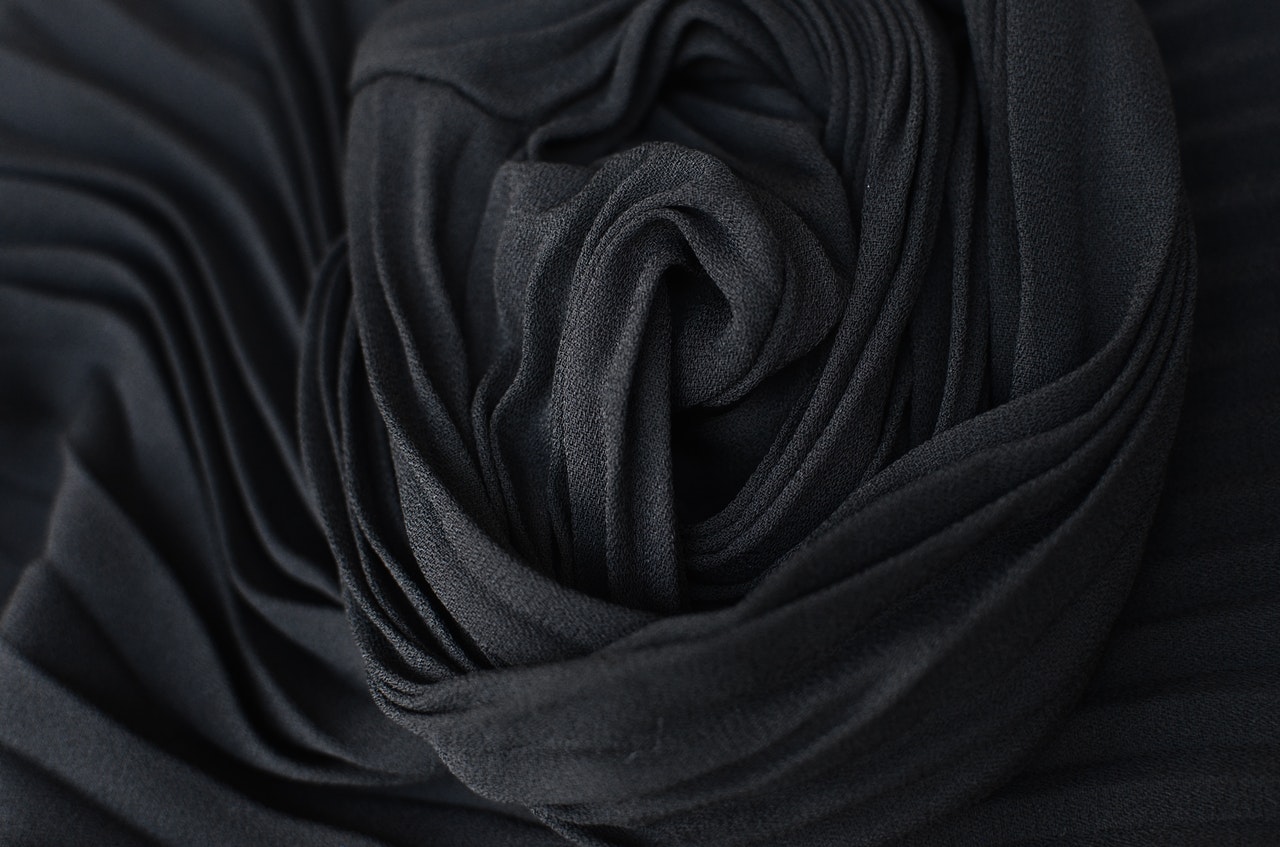
We all know that cashmere is one of the most appreciated fabrics, which is always on the price, but always in fashion. Timeless pieces like cashmere scarves are always found in the wardrobes of ladies who exude style and elegance. However, when buying pieces made of this fabric, we must be very careful, because today you can come across the so-called fake cashmere. You’ve probably wondered how you can tell if a scarf is cashmere or not? Here are some things that will help you make a difference.
Why Is Cashmere Wool So Precious?
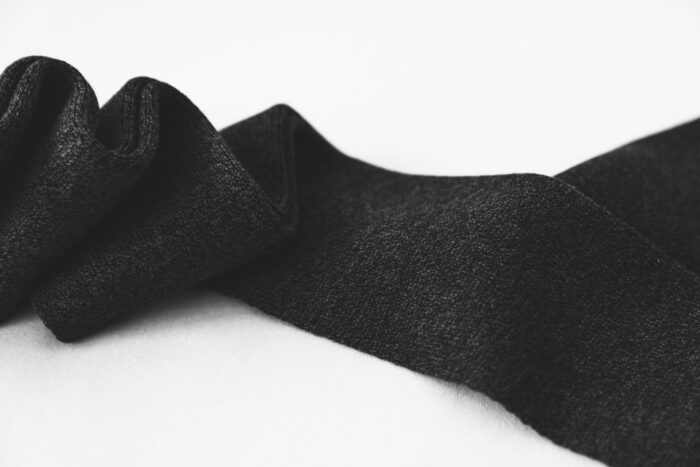
We are familiar with the fact that Cashmere is one of the most expensive fabrics you can find. There is a good reason for that. This natural material is obtained by combing the lower hair (undercoat) of a special type of goat that produces cashmere wool. These incredibly hardy animals live on the plateaus of China and Mongolia. The undercoat of these goats is soft, thick – and is excellent protection from winter, which reaches up to -40 ° C. Raw cashmere, which is obtained by combing the lower hair, goes through a long process of manual processing in the spring and summer months. The final result is cashmere wool. This expensive wool is mostly used for making sweaters and scarves. By the way, did you know that a sweater of a normal confection number requires wool from 3-5 goats? No wonder they are so expensive.
Does Cashmere Justify Its Price?
Certainly Yes! Cashmere is expensive for a reason. Nomads from China and Mongolia carefully comb the hair of Himalayan goats during the spring season to collect the undercoat hair. After that, the good fibers are diligent, by hand, separated from the bad ones. Once cleaned and processed, the wool from one goat weighs only about 113 grams, which is less than 4 ounces. When the fibers are manually sorted, cleaned, and spun – the weaving process can begin, which is equally demanding and hard to do.
It takes several months to a year for highly trained artisans to craft their magic on wooden looms and weave a masterpiece to be exported around the world. However, lately, we are exposed to various offers of so-called cashmere products – and many of those products are not made out of true cashmere. Still, they look pretty much the same, so how can we tell a difference? Here are some tricks that can help you with that.
How To Confirm The Purity Of Cashmere?
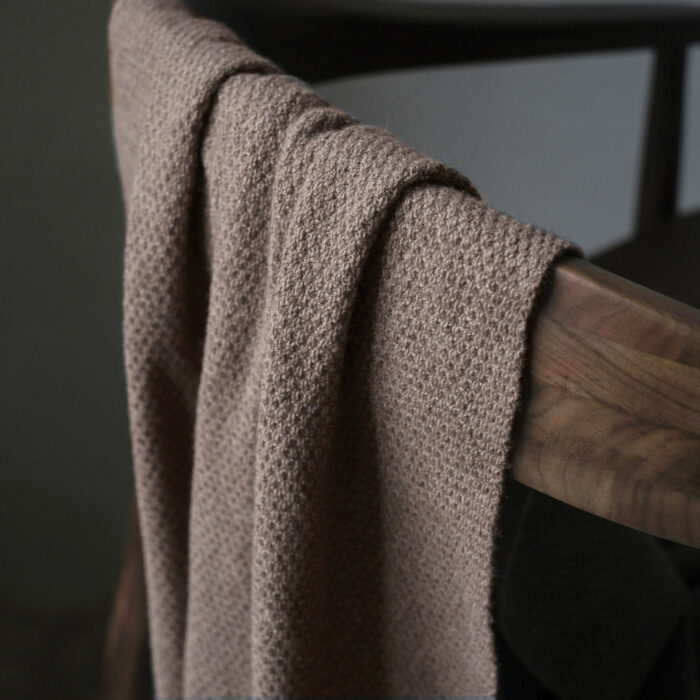
Very often when buying a cashmere product – we doubt its 100% composition. This is primarily because wool is an expensive raw fabric, and a purchased cashmere scarf or sweater can cost several times lower than the usual price. According to Ovcio, that can suggest whether the label that indicates the natural composition of the fabric is true – and whether there are other fibers in the product besides cashmere wool.
Recognizing Naturalness
Some people are trying to recognize the naturalness of this fabric by touch. However, natural and synthetic fibers are not always so easy to distinguish, even if you start compressing or rubbing the material. It is very difficult to recognize cashmere from fake. The fact is that many manufacturers add synthetic threads to cashmere, which are visually difficult to recognize.
Visual Signs
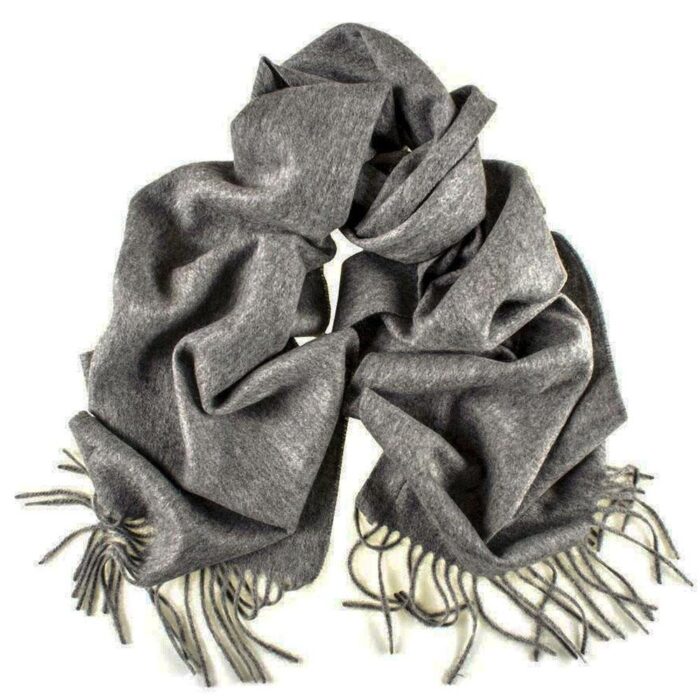
1. The Differences In The Composition Of The Fabrics
Despite everything, it is possible to distinguish natural material from synthetics from the outside. This is especially true with cashmere. Since cashmere is often counterfeited, synthetic materials are often processed in a special way, so they look alike. To understand which scarf or sweater has it in its composition – it is necessary to turn off the light in the room and touch the scarf. If sparks fly, then it is synthetics.
2. Thickness
If we look at the fibers, then the raw material of natural wool has a heterogeneous thickness of the thread – while synthetics are along the entire length of the thread of the same thickness. Visually, synthetic fibers have numerous spools – and a real wool sweater has virtually none.
Tactile Methods
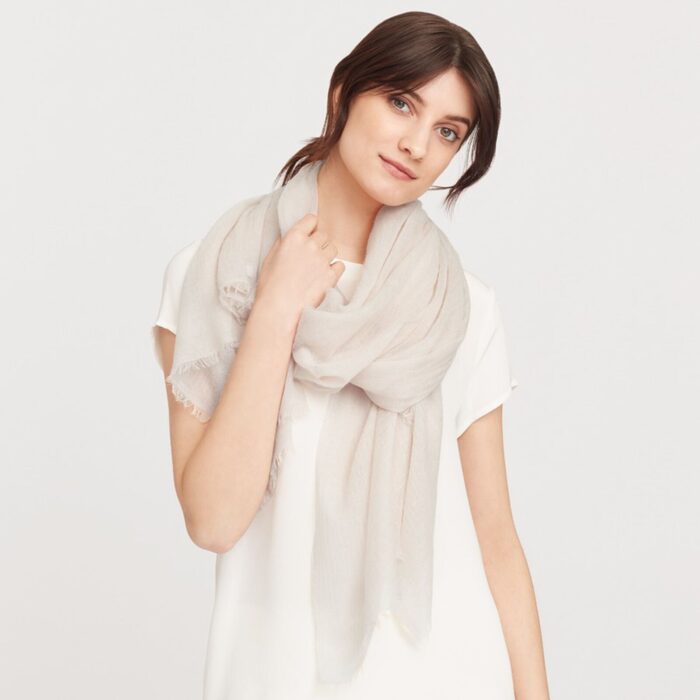
1. A warm palm
The next way to recognize a non-fake cashmere is to touch it. If you keep your palm on the surface of the product for 5 minutes – it will become warm and this is a sign of natural cashmere. If the palm did not feel the heat – then this is proof that this material is synthetic.
2. Rubbing hands
Another tactile method is rubbing the product with your hands. Synthetics will creak. And natural material will never sound.
3. Weight
If we take a cashmere scarf and we feel that it is heavy – this is the first sign that the product has a large percentage of synthetic additives. Natural cashmere wool threads are lightweight. Such products are almost not felt on the body, even when they have a large volume – because they are very light. You can check the cashmere sweater or scarf if you are wearing it. Real cashmere heats up right away, but synthetics don’t.
Mechanical Methods
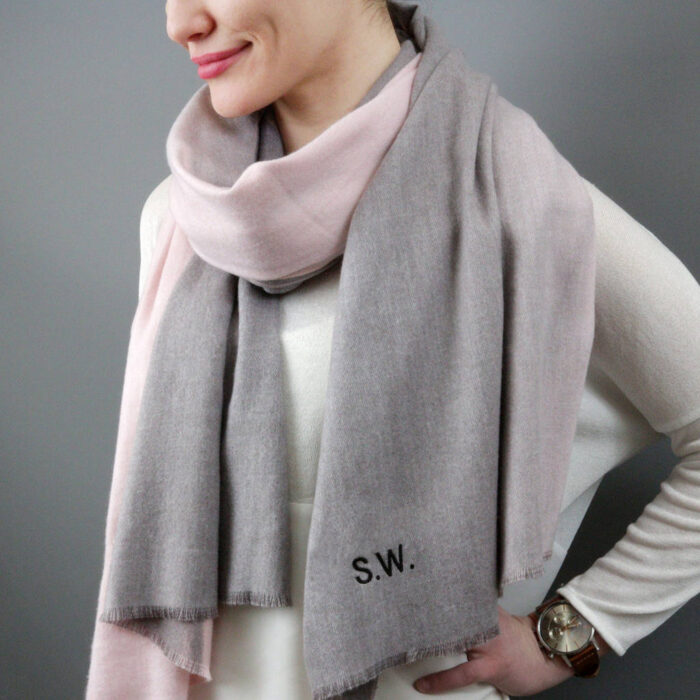
1. Heat exposure
One of the most effective methods is the heat exposure on the material, which will show the reaction inherent in wool or synthetic material. The most common effect is burning a piece of thread with a match. If the spot melts and has the smell of plastic, then it is obviously fake and not natural cashmere. When burning, natural fibers emit a faint odor of dried hair, and the material doesn’t melt.
2. Tearing down
Try to tear down the scarf by hand. A small matte trace will remain on the wool, and a shiny indentation will be created on the synthetic. After wetting with water, you will feel a special smell of wet wool – which is also a way of determining quality.
Conclusion
Although we sometimes think we know how to distinguish real from fake goods – the fact is that today we can be deceived in our choices. So it is with cashmere and products made from this material. Given its high price, you need to know how to recognize and distinguish real from fake cashmere scarves. We hope some of our tips will help you with that.






